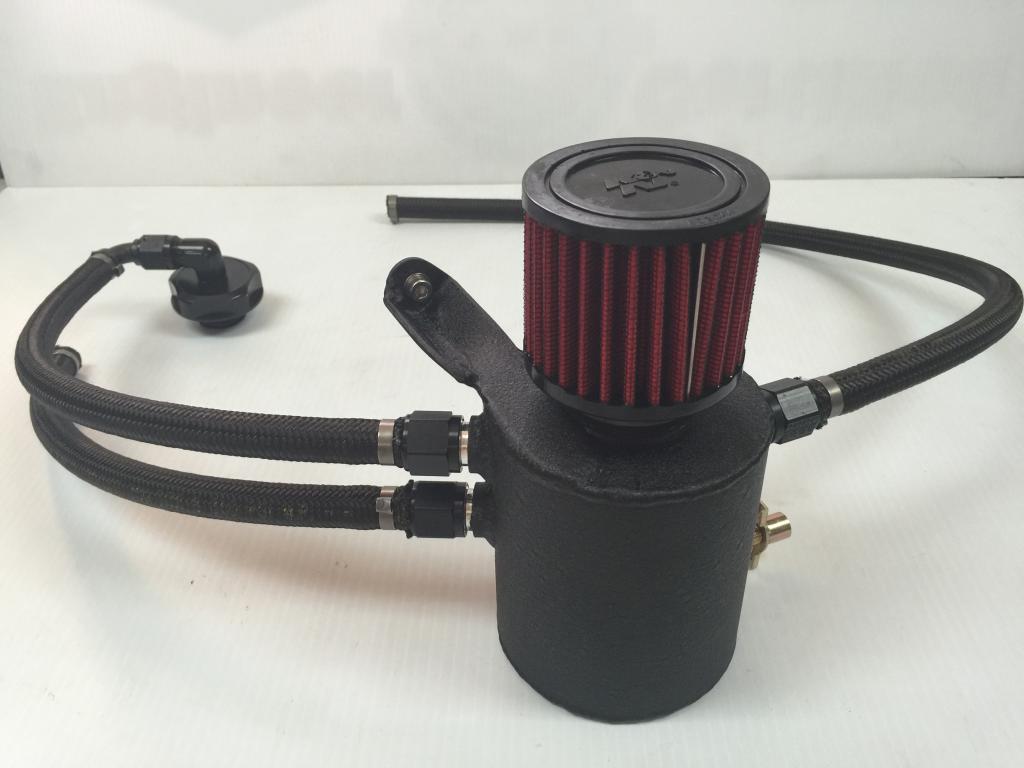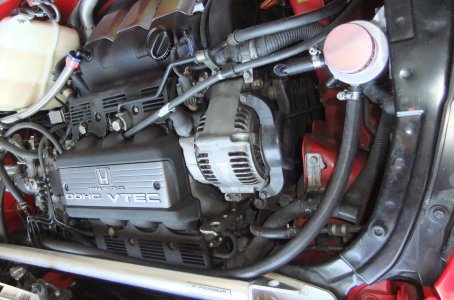I've decided to abandon the idea of circulating the engine fumes back to the intake.
Following my latest track outing at 35°C ( http://www.nsxprime.com/forum/showt...ute-Saintonge-in-France?p=1907510#post1907510 ), the engine had some difficulties to hold it's idle due I suppose to oil fouling the plugs?
I will now try to use the exhaust as a vacuum source.
To do so I purchased an EVAC Scavenger kit from Vibrant Performance.
I wonder where to weld the bung for best efficiency?
It must be where the exhaust gasses are at the highest velocity I suppose?
Following my latest track outing at 35°C ( http://www.nsxprime.com/forum/showt...ute-Saintonge-in-France?p=1907510#post1907510 ), the engine had some difficulties to hold it's idle due I suppose to oil fouling the plugs?
I will now try to use the exhaust as a vacuum source.
To do so I purchased an EVAC Scavenger kit from Vibrant Performance.
I wonder where to weld the bung for best efficiency?
It must be where the exhaust gasses are at the highest velocity I suppose?






